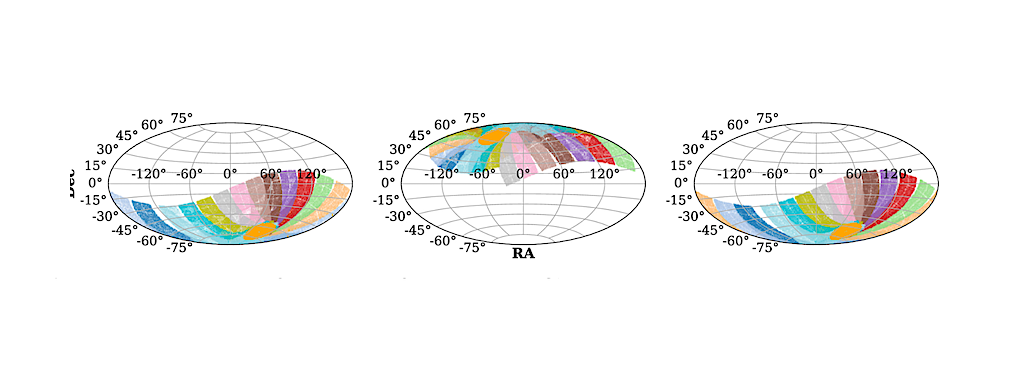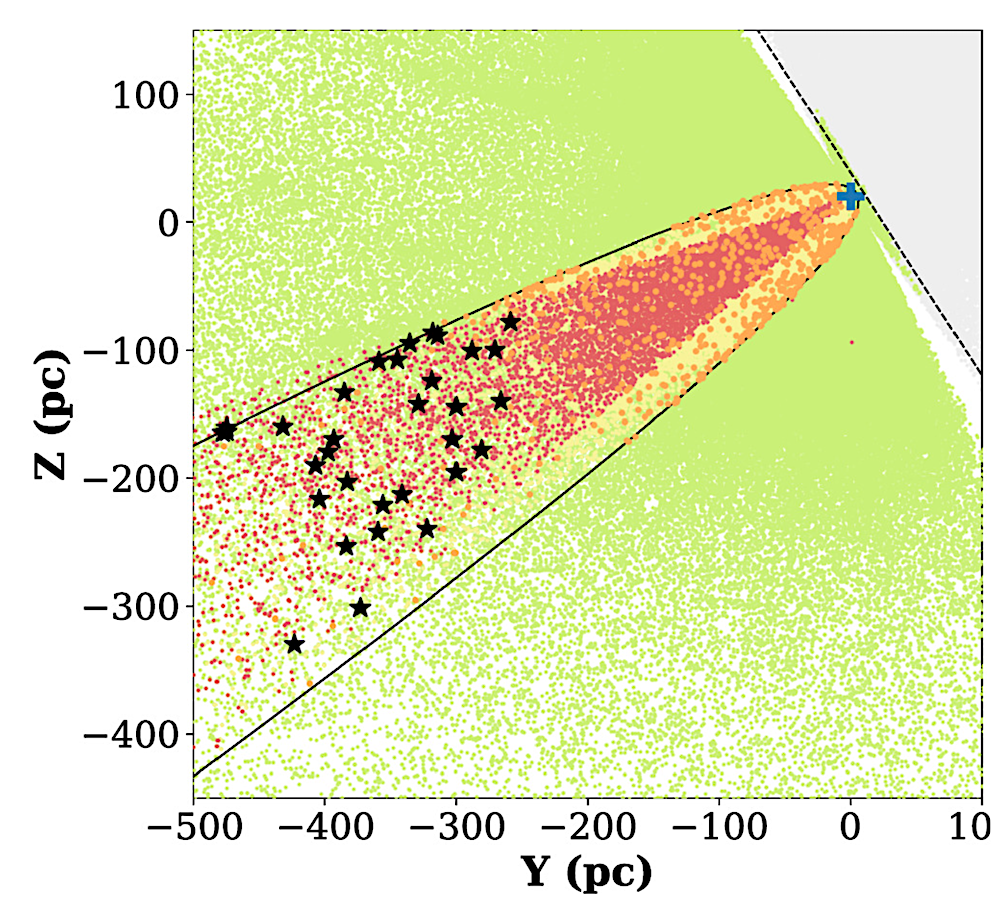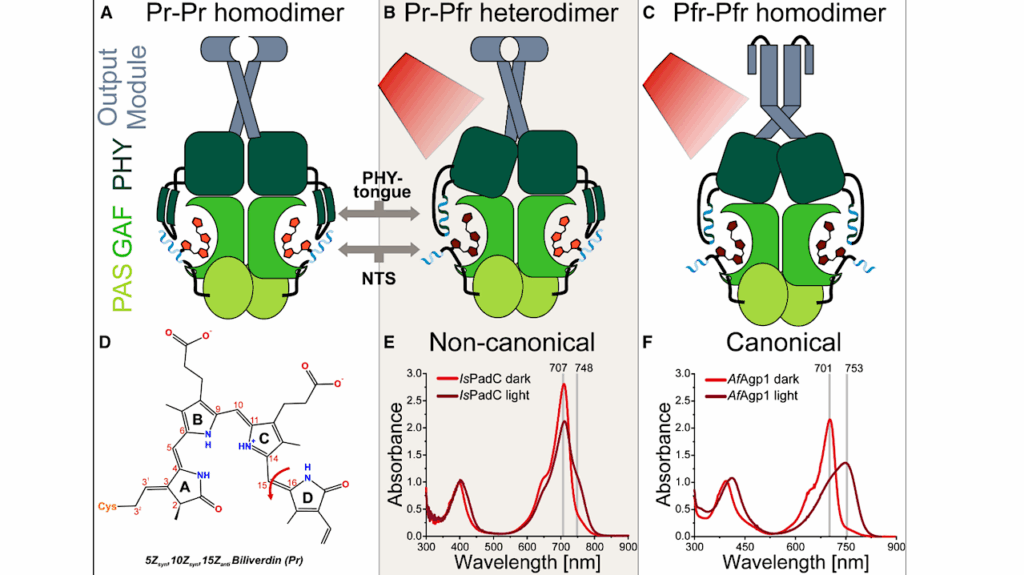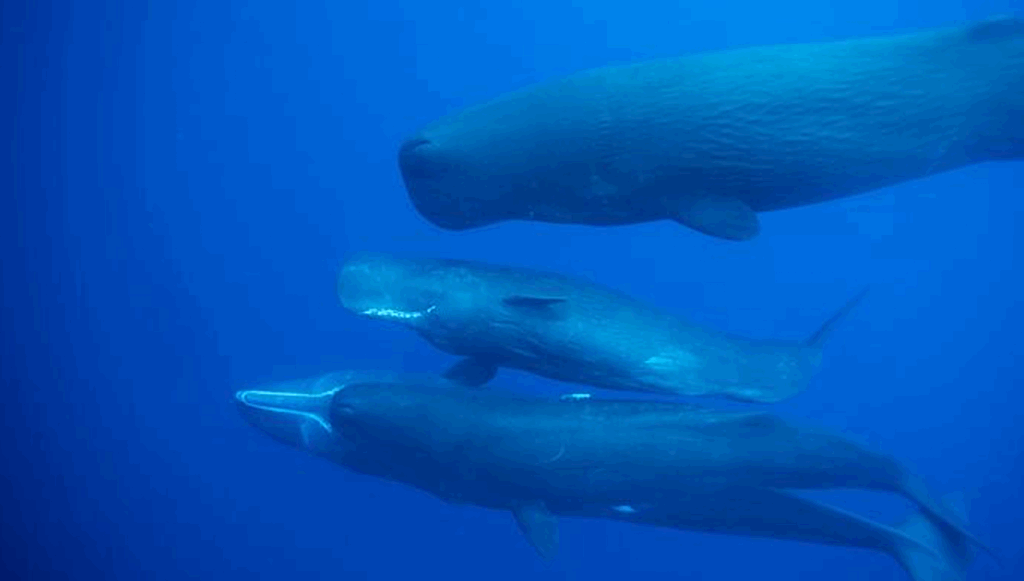SETI Institute Employs SETI Ellipsoid Technique for Searching for Signals from Distant Civilizations

In a paper published in the Astronomical Journal, a team of researchers from the SETI Institute, Berkeley SETI Research Center and the University of Washington reported an exciting development for the field of astrophysics and the search for extraterrestrial intelligence (SETI), using observations from the Transiting Exoplanet Survey Satellite (TESS) mission to monitor the SETI Ellipsoid, a method for identifying potential signals from advanced civilizations in the cosmos.
The SETI Ellipsoid is a strategic approach for selecting potential technosignature candidates based on the hypothesis that extraterrestrial civilizations, upon observing significant galactic events such as supernova 1987A, might use these occurrences as a focal point to emit synchronized signals to announce their presence.
In this work, researchers show that the SETI Ellipsoid method can leverage continuous, wide-field sky surveys, significantly enhancing our ability to detect these potential signals. By compensating for the uncertainties in the estimated time-of-arrival of such signals using observations that span up to a year, the team implements the SETI Ellipsoid strategy in an innovative way using state-of-the-arc technology.

TESS data obtained during Cycle 1 (left), Cycle 2 (center), and Cycle 3 (right) on the celestial plane. Common R.A. and decl. labels are displayed for the entire figure. Sources are color-coded by sector, highlighting the geometry of the TESS field of view and the overlap of all 13 sectors—per cycle—at the ecliptic poles (the CVZ). The circular area (bright orange) near the pole on each plot is composed of the targets observed in at least 11 overlapping sectors during that cycle and shows the data sample from which SETI Ellipsoid targets were selected.
“New surveys of the sky provide groundbreaking opportunities to search for technosignatures coordinated with supernovae.” said co-author Bárbara Cabrales. “The typical timing uncertainties involved are of a couple months, so we want to cover our bases by finding targets that are well-documented over the course of about a year. In addition to that, it’s important to have as many observations as possible for each target of interest, so that we can determine what looks like normal behavior and what might look like a potential technosignature.”
In examining data from the TESS continuous viewing zone, covering 5% of all TESS data from the first three years of its mission, researchers utilized the advanced 3D location data from Gaia Early Data Release 3. This analysis identified 32 prime targets within the SETI Ellipsoid in the southern TESS continuous viewing zone, all with uncertainties refined to better than 0.5 light-years. While the initial examination of TESS light curves during the Ellipsoid crossing event revealed no anomalies, the groundwork laid by this initiative paves the way for expanding the search to other surveys, a broader array of targets, and exploring diverse potential signal types.

Galactocentric Y-Z plane for TESS stars, color-coded to show the location of the southern CVZ and their designation within the SETI Ellipsoid framework for SN 1987A. A total of 214,995 stars have seen SN 1987A (dashed line) but are outside of the Ellipsoid (green points). A total of 97,514 stars have not observed SN 1987A (gray points). A total of 23,148 stars are inside the SN 1987A Ellipsoid (yellow points), implying that any coordinated beacon has already passed the Earth. A total of 736 stars are laying on the SN 1987A Ellipsoid (orange points). The 7850 southern CVZ stars are shown in pink. A total of 37 targets are both on the Ellipsoid and in the southern CVZ (black stars) and are our targets of interest. The contour of the SETI Ellipsoid in the YZ plane is shown as a solid line. The Sun is also plotted (blue cross).
Applying the SETI Ellipsoid technique to scrutinize large archival databases signifies a monumental step forward in the search for technosignatures. Utilizing Gaia’s highly precise distance estimates, the study demonstrates the feasibility of cross-matching these distances with other time-domain surveys like TESS to enhance monitoring and anomaly detection capabilities in SETI research.
The SETI Ellipsoid method, combined with Gaia’s distance measurements, offers a robust and adaptable framework for future SETI searches. Researchers can retrospectively apply it to sift through archival data for potential signals, proactively select targets, and schedule future monitoring campaigns.
“As Dr. Jill Tarter often points out, SETI searches are like looking for a needle in a 9-D haystack,” said co-author Dr. Sofia Sheikh. “Any technique that can help us prioritize where to look, such as the SETI Ellipsoid, could potentially give us a shortcut to the most promising parts of the haystack. This work is the first step in searching those newly-highlighted parts of parameter space, and is an exciting precedent for upcoming large survey projects like LSST.”
As humanity continues to explore the mysteries of the universe, the SETI Institute remains at the forefront, employing innovative techniques like the SETI Ellipsoid to bridge cosmic distances and connect with potential civilizations among the stars.
About the SETI Institute
Founded in 1984, the SETI Institute is a non-profit, multi-disciplinary research and education organization whose mission is to lead humanity’s quest to understand the origins and prevalence of life and intelligence in the Universe and to share that knowledge with the world. Our research encompasses the physical and biological sciences and leverages expertise in data analytics, machine learning and advanced signal detection technologies. The SETI Institute is a distinguished research partner for industry, academia and government agencies, including NASA and NSF.
Contact information
Rebecca McDonald
Director of Communications
SETI Institute
[email protected]
Searching the SN 1987A SETI Ellipsoid with TESS, the Astronomical Journal (open access)
Astrobiology








